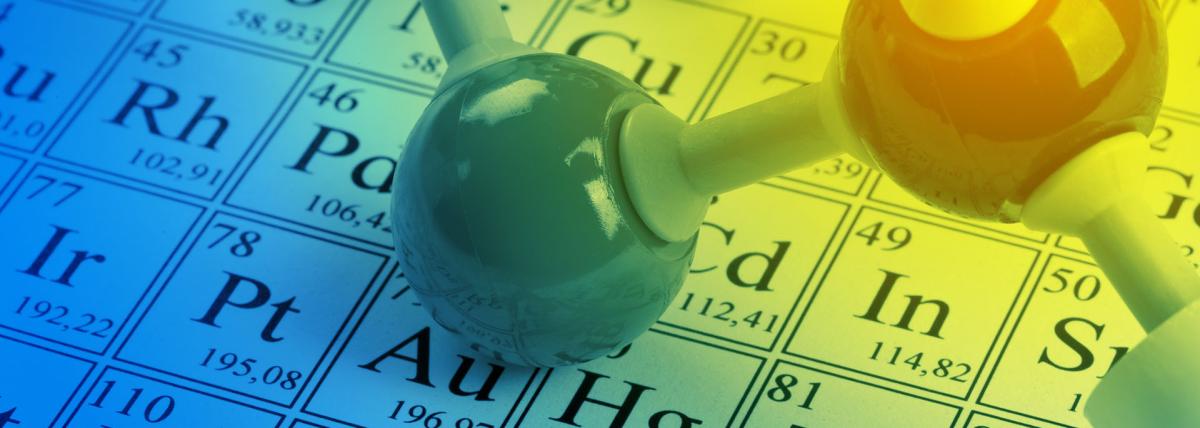
In this lesson, students explore glow-in-the-dark materials using regular flashlights and UV flashlights. They then add phosphorescence and the emission of EM energy to previous models of light and

In this lesson, students explore glow-in-the-dark materials using regular flashlights and UV flashlights. They then add phosphorescence and the emission of EM energy to previous models of light and

In this lesson, students use their knowledge of electric power to design a model circuit that expends less electrical power. They do this by using the PhET Circuit Construction Kit: DC and they may

In this lesson, students apply their knowledge of Ohm's Law and describe the amount of current that flows through and the amount of voltage across a parallel circuit. They do these by exploring the

This lesson allows students to describe the amount of current and voltage, and apply their knowledge of Ohm's Law in a series circuits. They do this by using the PhET Constructing Circuits Kit: DC and

This lesson allows students to investigate the relationships between current, voltage, and resistance using an Arduino board and electronic components, and through the PhET simulation: Circuit

Students will create a flying machine that will hold a pilot, travel down a zipline, and meet other constraints. This is paired with the book Rosie Revere, Engineer or can be used as a fun intro to

Understanding and studying energy transfer produced by molecules collisions can be difficult and abstract for them. To make it easier for them to visualize, creating a Newton's Cradle will help them

Exploring chemical reactions is highly engaging for the students if taught in a student-centered lesson. This lesson was inspired by the activity of 6th-Grade Amplify Science, Exploring Chemical

A high school physics plan that allows students to explore with different lenses and lasers.